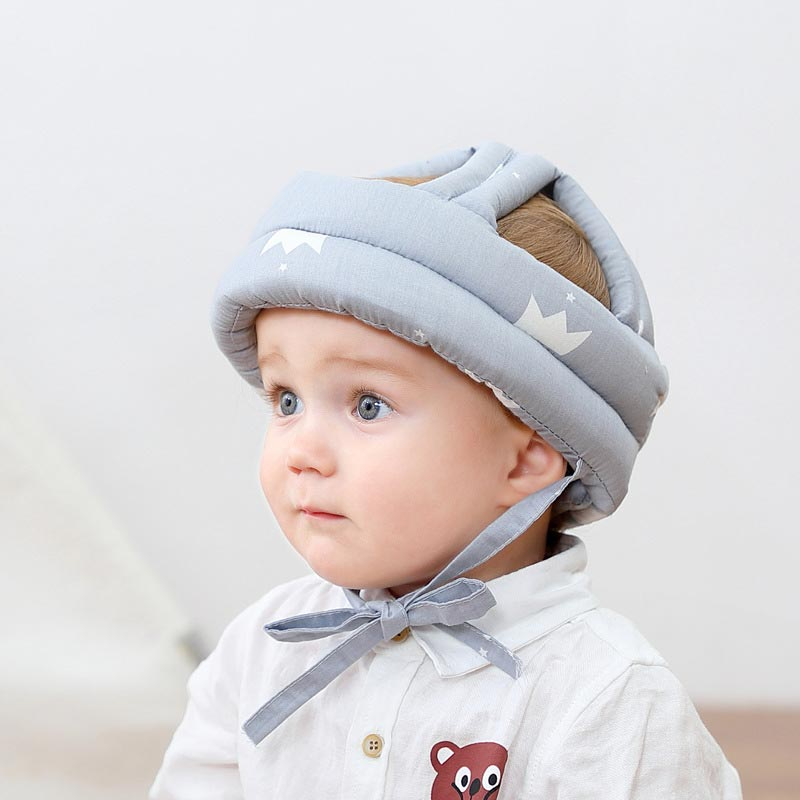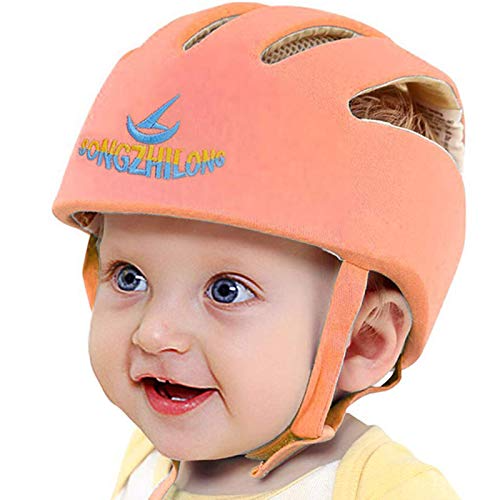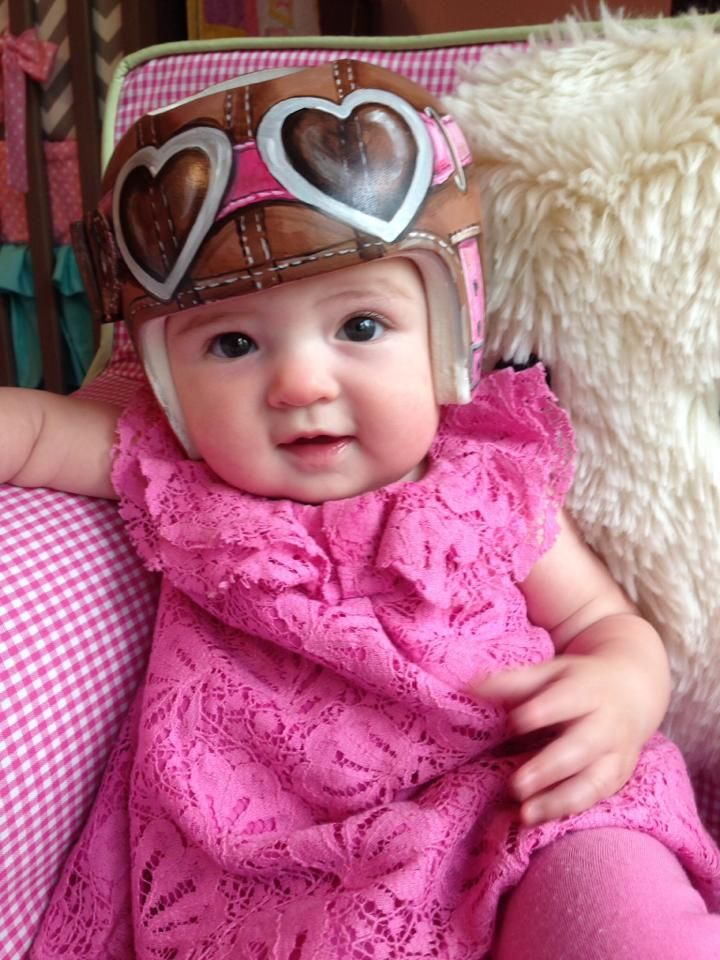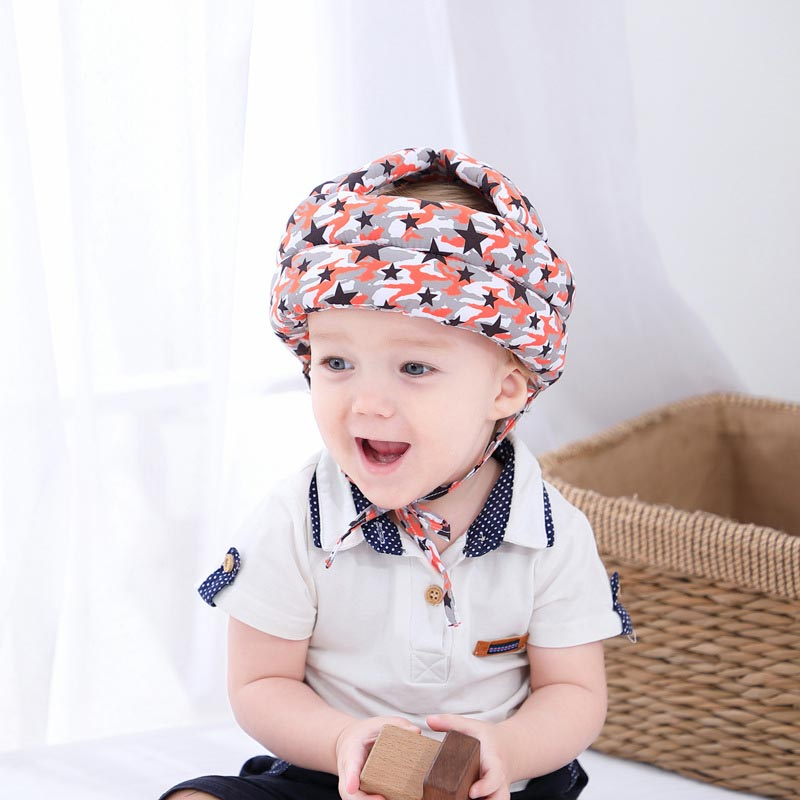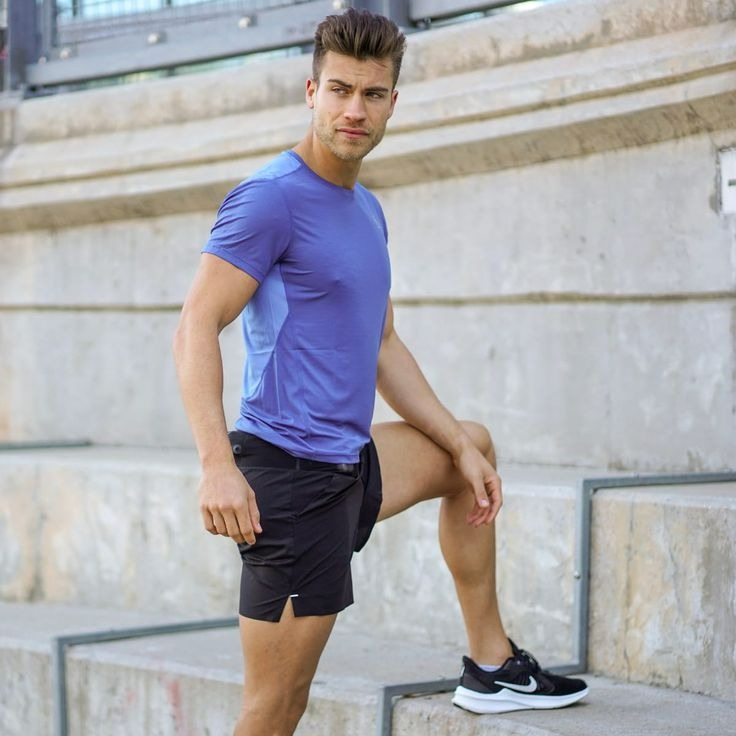Understanding the Role of Baby Helmets
As a parent, ensuring the safety and well-being of your child is paramount. When it comes to infant safety, one essential piece of protective gear that has gained attention in recent years is the baby helmet. These specialized helmets are designed to address specific medical conditions or developmental concerns in infants and young children. Understanding the role of baby helmets and their potential benefits is crucial for parents seeking to provide the best care for their little ones.
Medical Conditions Requiring Baby Helmets
Baby helmets, also known as cranial orthoses or pediatric helmets, are primarily used to treat positional plagiocephaly and brachycephaly in infants. Positional plagiocephaly, commonly referred to as flat head syndrome, occurs when a baby’s head develops a flat spot due to prolonged pressure on one area of the skull. Brachycephaly, on the other hand, results in a widened and flattened appearance of the back of the head. In cases where these conditions do not improve with repositioning techniques or physical therapy, a baby helmet may be recommended as part of the treatment plan.
Developmental Benefits of Baby Helmets
Beyond addressing specific medical concerns, baby helmets can also offer developmental benefits for infants. By promoting more symmetrical head shape and alignment, these helmets contribute to healthy skull growth and support the development of proper head control and alignment. Additionally, an improved head shape can positively impact a child’s visual and auditory development, as well as their overall motor skills and coordination. Early intervention with a baby helmet can help mitigate potential developmental delays associated with skull asymmetry.
The Process of Fitting and Using Baby Helmets
When considering a baby helmet for your child, it’s essential to understand the process of fitting and using these specialized devices. Proper fitting and consistent usage are critical factors in ensuring the effectiveness of the helmet in addressing the specific needs of your infant.
Fitting Process and Consultation
The fitting process for a baby helmet typically begins with a consultation with a pediatrician or a specialist in cranial orthotics. During this consultation, the healthcare provider will assess the severity of your child’s head shape irregularities and determine whether a baby helmet is the appropriate course of action. If a helmet is deemed necessary, precise measurements of your baby’s head will be taken to customize the helmet for a snug and comfortable fit.
Adjustments and Monitoring Progress
Once the baby helmet is fitted, it’s crucial to follow the prescribed wearing schedule provided by the healthcare professional. The helmet may need periodic adjustments as your child’s head grows to ensure continued effectiveness. Regular check-ups with the healthcare provider will allow for monitoring progress and making any necessary modifications to the helmet to support your child’s development.
Addressing Parental Concerns and Misconceptions
Overcoming Initial Apprehensions
As parents navigate the uncharted waters of child safety, the concept of baby helmets can evoke a mix of interest and hesitation. It’s natural to have questions and concerns when considering additional safety gear for your little one. This section delves into addressing common misconceptions and alleviating parental worries surrounding baby helmets.
Misconception: Helmets Restrict Natural Development
One prevalent concern is that baby helmets might hinder a child’s natural growth and development by reducing sensory input or discouraging exploration. However, quality baby helmets are designed to be lightweight and non-restrictive, allowing for unhindered movement and sensory experiences. They serve as a supplementary safety measure rather than a limitation, ensuring that babies can continue to learn through touch and exploration without compromising their safety.
Misunderstanding: Babies Will Become Dependent on Helmets
Parents might worry that using a helmet will make their child too reliant on it, preventing them from learning how to fall safely. In reality, helmets are a temporary aid during the initial stages of mobility when falls are more frequent and less controlled. As children grow and develop better balance and coordination, the need for a helmet decreases naturally. It’s akin to training wheels on a bike – a temporary support that’s phased out as skills improve.
Fear: Helmets Will Stigmatize My Child
The social perception of safety equipment, especially for young children, can sometimes prompt concerns about potential stigmatization. However, in today’s safety-conscious climate, baby helmets are increasingly recognized as a responsible parenting choice. Open communication with other parents, caregivers, and even children about the helmet’s purpose can normalize its use and even inspire others to consider similar precautions. Moreover, modern designs with colorful patterns and characters can make the helmet an accessory that children are proud to wear.
Anxiety: Helmets Will Make My Child Overheat
Parents may worry that a helmet could cause overheating, especially during warmer weather or active play. However, manufacturers design baby helmets with ventilation in mind, incorporating breathable materials and air vents to promote airflow and regulate temperature. Ensuring the helmet fits correctly, not too tight, also helps prevent excessive heat buildup. Monitoring your child for signs of overheating and taking breaks in cooler areas further mitigates this concern.
Empowering Parental Confidence
Seeking Professional Advice
When in doubt, consulting with pediatricians, physical therapists, or child development experts can provide reassurance and personalized advice. These professionals can evaluate your child’s unique needs and offer insights on whether a baby helmet would be beneficial.
Gradual Integration and Observation
Introducing a baby helmet gradually and monitoring your child’s response can help both the child and parent adjust comfortably. Starting with short periods during supervised playtime allows everyone to get accustomed to the new gear while observing any impact on the child’s comfort or behavior.
Sharing Experiences in Parenting Networks
Connecting with other parents who have used baby helmets can be a valuable source of support and firsthand experience. Online parenting forums, social media groups, and local parenting networks often host discussions where parents share tips, reviews, and personal stories, which can help alleviate fears and provide practical guidance.
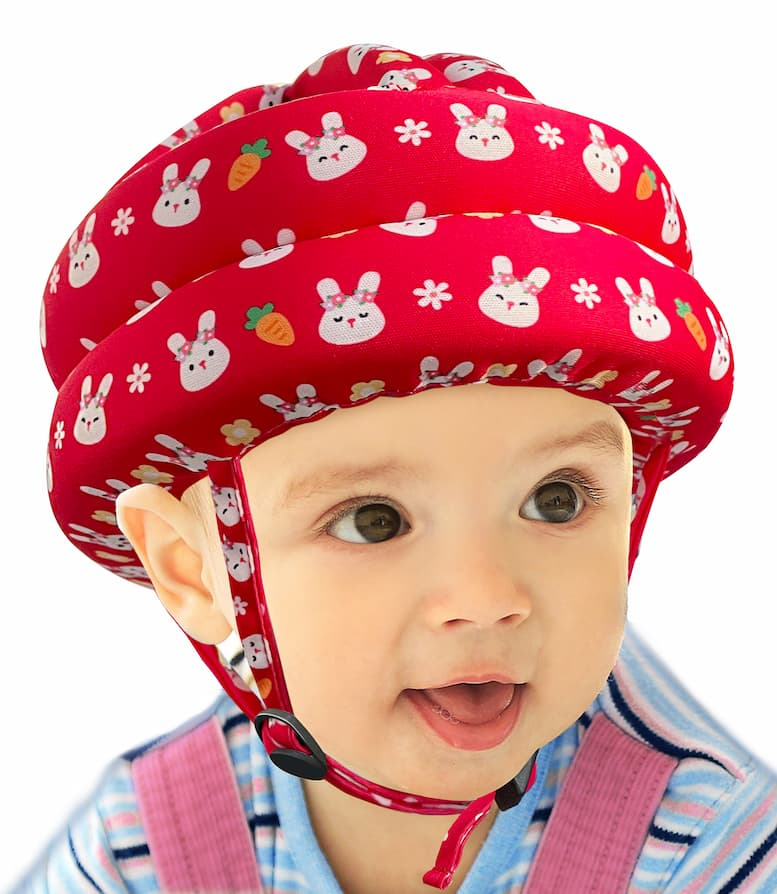
Navigating the world of baby safety gear, particularly when it comes to helmets, requires a balanced approach between safety precautions and fostering natural development. By dispelling common misconceptions and arming oneself with accurate information, parents can make informed decisions that align with their family’s needs. Remember, the ultimate goal is to create a safe environment that nurtures your child’s growth while giving you peace of mind. Baby helmets, when used appropriately, can be a part of that supportive ecosystem.
Conclusion: Empowering Parents for Informed Decision-Making
In conclusion, the use of baby helmets in addressing positional plagiocephaly and brachycephaly represents a valuable intervention for supporting healthy infant development. By understanding the role of baby helmets, familiarizing oneself with the fitting process, and addressing common concerns, parents can make informed decisions about the potential benefits of these specialized devices for their child. Seeking guidance from healthcare professionals and maintaining open communication throughout the treatment process can empower parents to prioritize their child’s well-being and development, ultimately contributing to positive outcomes and a thriving future for their little ones.
